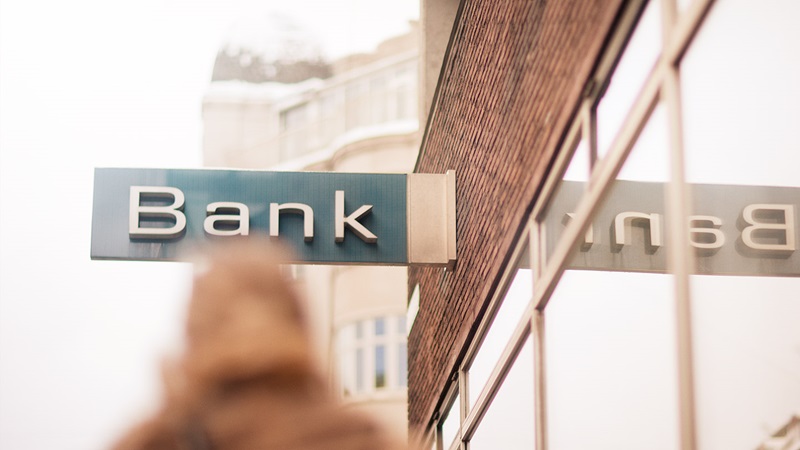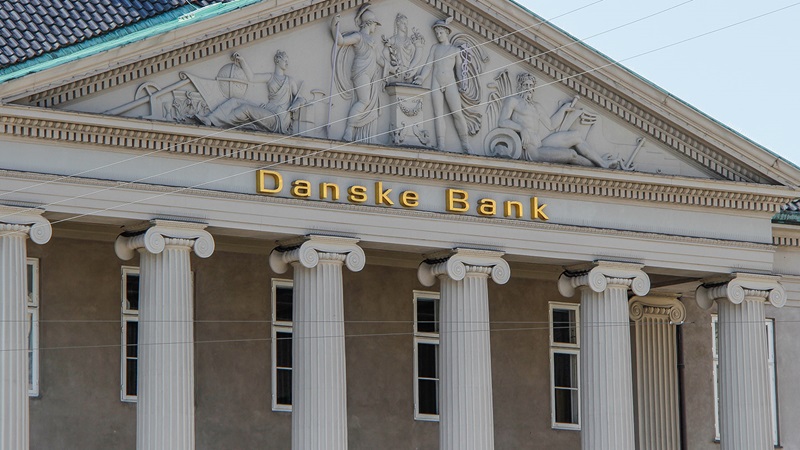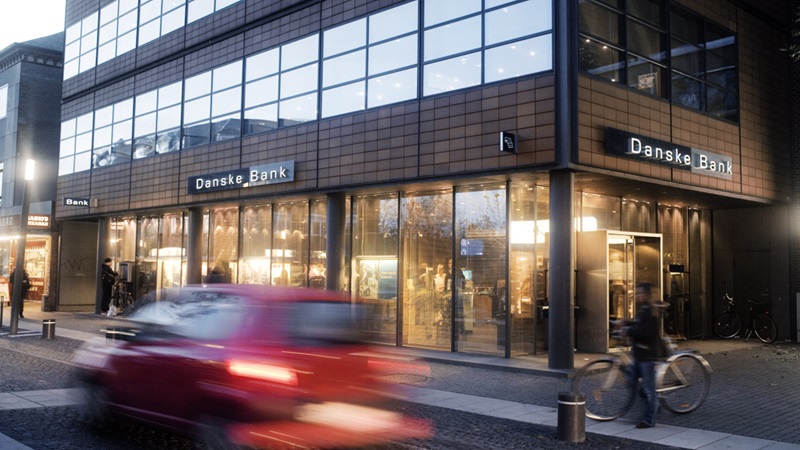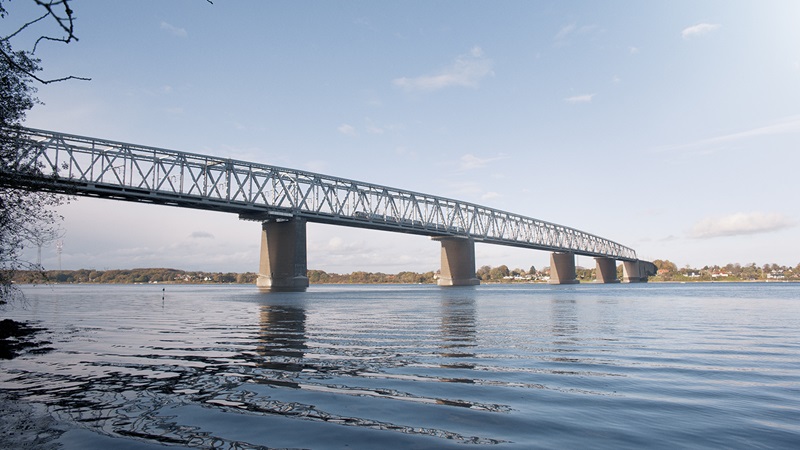Return on shareholders’ equity of 9.8%
Danske Bank has announced its financial results for 2018.
Jesper Nielsen, Interim Chief Executive Officer, comments on the financial results:
“2018 was a challenging year for Danske Bank. The serious and demanding issue concerning the closed-down portfolio of non-resident customers in Estonia triggered justified criticism from our stakeholders and led to a number of changes at management level. We must use the lessons learned from this case to prevent something similar from ever happening again. That is why in coming years we will further strengthen our efforts within compliance and anti-money laundering activities to become best in class among our peers.
From a financial point of view, the year was characterised by continued growth in the Nordic economies, and we saw good demand for loans, especially from commercial customers and within home finance. The financial markets saw significant uncertainty throughout the year, however. This affected net trading income, and combined with a rise in costs – related, among other things, to the Estonia case, the donation of 1.5 billion kroner, and our compliance activities – this meant that net profit for 2018 came out lower than estimated at the beginning of the year.”
The annual report is available at danskebank.com. Highlights are shown below:
2018 vs 2017
The Danske Bank Group delivered a net profit for 2018 of DKK 15.0 billion, against DKK 20.9 billion the year before. The underlying business remained solid and saw good developments. The 28% decrease in net profit was driven mainly by difficult conditions on the financial markets, which had a negative impact on net trading income, but also by the donation of the estimated gross income of DKK 1.5 billion from the non-resident portfolio in Estonia from 2007 to 2015.
The return on shareholders’ equity after tax was 9.8%, against 13.6% in 2017. Adjusted for the donation, the return on shareholders’ equity after tax was 10.8%.
Total income was affected, among other things, by lower net trading income and amounted to DKK 44.4 billion, a decrease of 8% from the level in 2017.
- Net interest income totalled DKK 23.6 billion and decreased 1% from the level in 2017. Despite lending growth in all our Nordic markets, net interest income was slightly lower than the year before due to adverse currency effects in Sweden and Norway as well as margin pressure. Partnership agreements and new mortgage products were some of the drivers of the growth in lending.
- Net fee income amounted to DKK 15.4 billion and decreased 2%. The fall was due to a decline in capital markets-related activity, which was partly offset by income from SEB Pension Danmark.
- Market conditions remained challenging throughout 2018, which meant that net trading income fell to DKK 4.7 billion, or 34%, from the level in 2017, when net trading income was very high. Corporates & Institutions in particular was affected by difficult conditions in the rates markets.
- Other income amounted to DKK 0.7 billion, down 55% from the level in 2017, when the financial results included income from Norwegian real-estate agency chain Krogsveen, which was sold in the first quarter of 2018. The fall in the risk result in the health and accident business at Wealth Management from the year-earlier level also had a negative effect on Other income.
Operating expenses amounted to DKK 25.0 billion, an increase of 10% from the level in 2017. The increase was the result mainly of the donation of DKK 1.5 billion, which was recognised in the third quarter of 2018. In addition, operating expenses were impacted by costs related to the Estonia investigations, costs for compliance, regulatory requirements and the combating of financial crime as well as costs related to SEB Pension Danmark.
Credit quality remained strong across all business units, with almost all units seeing a reversal of impairments in 2018. Net reversals totalled DKK 650 million in 2018, against net reversals of DKK 873 million in 2017.
At the end of December 2018, total lending was up 3%, while total deposits were down 2% from the level at the end of 2017. Almost all markets saw increases.
The Estonia case
The serious issues concerning the closed-down portfolio of foreign customers (the non-resident portfolio) at the Estonian branch had a negative impact on our business in a number of ways as it caused concern and criticism from a wide range of stakeholders.
It is clear that we have failed to live up to our responsibility in this matter, not only in not being able to efficiently prevent suspicious activities and transactions from taking place in Estonia, but also in our inability to understand and address the issues efficiently as they came to light.
We are determined to get to the bottom of the matter and to learn from it, so that we can take all necessary steps to prevent something similar from happening again. This work will continue, and we will keep the authorities up to date with our progress and findings.
On the basis of learnings from the Estonia case and a general review of our efforts and ambitions within AML, we have decided to further improve our efforts over the next three years through earmarked investments of up to DKK 2 billion. The purpose is to improve the quality and the efficiency of our controls while also offering a better customer experience.
Trend in customer numbers and satisfaction scores
Customer numbers and customer satisfaction scores were also impacted by the Estonia case. In 2018, there was a net customer outflow in Denmark of around 11,000 retail (NemKonto) customers, equivalent to 0.8% of our NemKonto customer base in Denmark. The number of commercial customers was unchanged.
Customer satisfaction has declined, most notably among retail customers in Denmark, where satisfactions scores are far below our targets. We have also seen a negative impact among corporate customers in Denmark, and, although to a lower degree, in Sweden.
Customer satisfaction remains a key priority for Danske Bank and we will continue to work towards rebuilding customers’ trust in us.
Capital position remains strong
Danske Bank’s capital position remains strong, with a total capital ratio of 21.3% and a CET1 capital ratio of 17.0% at 31 December 2018. Both ratios are above regulatory requirements and our own targets. The regulatory CET1 requirement stands at 14.0%, while Danske Bank’s CET1 capital target remains at around 16% in the short to medium term.
During 2018, the Board of Directors reassessed and increased the Group’s solvency need by DKK 10 billion to ensure adequate capital coverage of its compliance and reputational risks. This was a consequence of the Danish FSA’s decision of 3 May 2018 and the FSA’s follow-up decision from 4 October 2018, both concerning the Estonian branch. As part of the decision of 4 October 2018, the Pillar II requirement concerning compliance and reputational risk is to be met with CET1 capital. Furthermore, the Board of Directors has reassessed and increased the Group’s capital targets and has taken further prudency measures.
Share buy-back programme
On 4 October 2018, the Board of Directors decided to discontinue the share buy-back programme for 2018. This decision was made as a further prudency measure due to the current circumstances and in addition to the increased capital targets. The share buy-back programme for 2018 of DKK 10 billion was scheduled to end no later than 1 February 2019.
At the time of discontinuation, we had bought back shares for a total of DKK 6.9 billion. Due to continued uncertainty regarding the consequences of the Estonia case, no share buy-back programme will be initiated in 2019.
Dividend for 2018
On the basis of our strong capital position, the Board of Directors is proposing a dividend of DKK 8.5 per share for 2018. This corresponds to 51% of reported net profit. Danske Bank’s dividend policy is unchanged, and it is still our ambition to pay out 40% to 60% of net profit for the year.
Financial outlook for 2019
We expect net profit for 2019 to be in the range of DKK 14-16 billion. This excludes any potential gain on the prospective sale of Danica Pension Sweden.
The outlook is subject to uncertainty and macroeconomic developments.
We maintain our long-term ambition to rank in the top three among our Nordic peers in terms of return on shareholders’ equity.
Danske Bank











